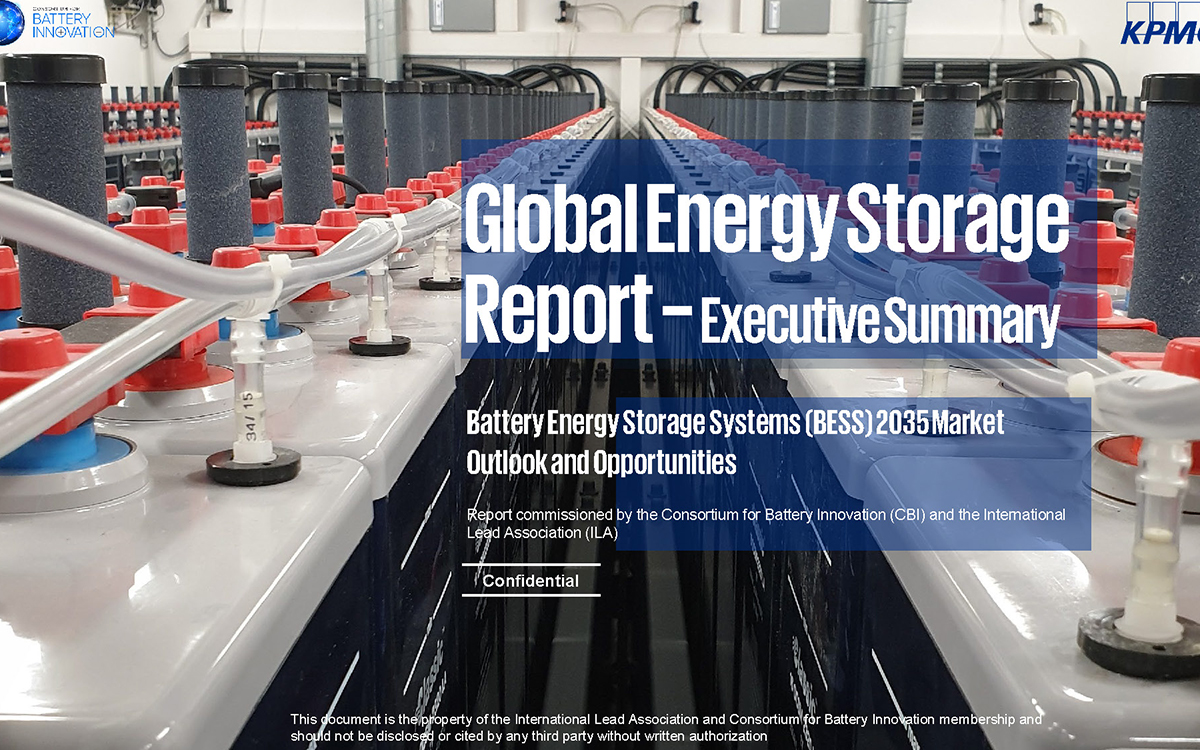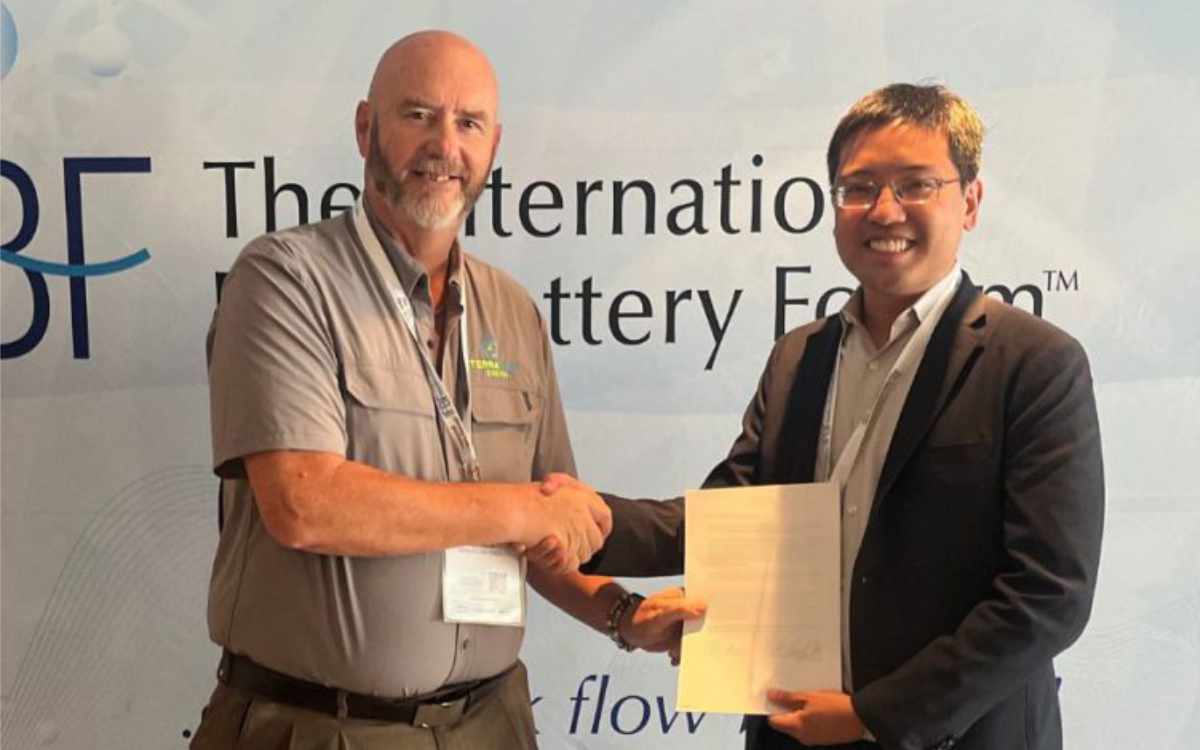Lithium-Ion battery consultant Rick Howard looks back over nearly four decades of lithium-ion cathode development and shows how we got from the basis of intercalation to the whole gamut of materials available to battery makers today.
In the beginning:
Evolution, as Darwin taught us, occurs due to environmental pressures: the adaptable will thrive, the inflexible will die out. Homo sapiens' family tree has 4+ million year old roots, with many dead limbs representing failed sub-species. But where do we define the first step, that "Aha!" moment? Is it walking upright, increased cranial . . .
to continue reading this article...
Sign up to any Premium subscription to continue reading
To read this article, and get access to all the Premium content on bestmag.co.uk, sign up for a Premium subscription.
view subscription optionsAlready Subscribed? Log In












